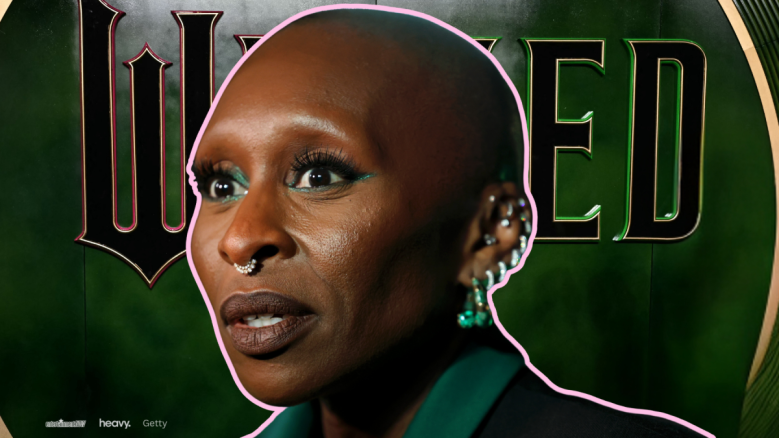Approximately one in eight women in the United States will develop breast cancer during their lifetime, according to the American Cancer Society. In recent years, incidence rates of the disease have risen by 0.6 percent every year, especially among younger women.
Breast cancer is the second leading cause of cancer death among women, proving fatal for roughly one in 40 of those affected. The earlier the cancer is identified, the more likely it is to be treated successfully. So, what signs should you look out for to spot breast cancer early?
Newsweek spoke to breast radiologist Dr. Anjali Malik to find out.
"One of the things that I always tell my patients about their self-exam, when it comes to looking for signs and symptoms, is that it's very important to know their normal," Malik told Newsweek. "If you don't know your normal, you won't know when something's abnormal. We do have normal lumps and bumps, and if we were to react to each one of those we'd be driving ourselves crazy."
So, what specific signs should we be looking for? "It's new masses or lumps," Malik said. "Is it mobile or fixed? Is it warm to the touch? Is there any overlying change? You want to look for any skin changes in the breast and underarm, any discoloration, any changes in texture, any dimpling, any discharge.
"Breast pain is one of the most common symptoms that brings patients in, if one spot hurts all the time and nothing makes it better or worse. Everyone is different, not everybody is going to have the same experience. It's going to depend on where the cancer starts, and how it develops."

It's important to note that not all masses are malignant tumors. "There are some masses that you can tell are just rolling around like marbles," Malik said. "That doesn't mean you don't have to report them or get them evaluated, but it's a pretty good sign that it's something benign."
To spot these changes, it's important to know how to effectively conduct a self-examination. "When we're doing our self-exam, we want to have our arm up," Malik said. "This helps pull the breast tissue a little bit more taut and it's going to make any real lumps stand out while decreasing the likelihood of those normal ligaments and tissues feeling bumpy.
"I start from the breastbone—or the sternum—all the way to the side, then the underarm all the way below the breast. And include the nipple!"
So, how often should you be checking for these lumps?
"I recommend monthly mid-cycle exams—if a person has a 28-day cycle, I recommend doing the exam around day 14," Malik said. "For those who have an IUD [intrauterine device], I recommend picking the same time every month.
"Many of the cancers detected in those younger than 40 are going to be via self-examination. So, while they might have a high rate of false positives, we still recommend them."
As well as monthly self-examinations, it's important to attend any clinical check-ups and routine mammograms as recommended by your doctor.
Do you have a tip on a health story that Newsweek should be covering? Let us know via science@newsweek.com.




















 English (US) ·
English (US) ·